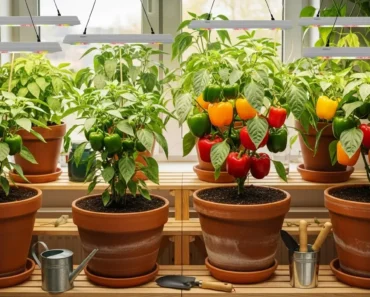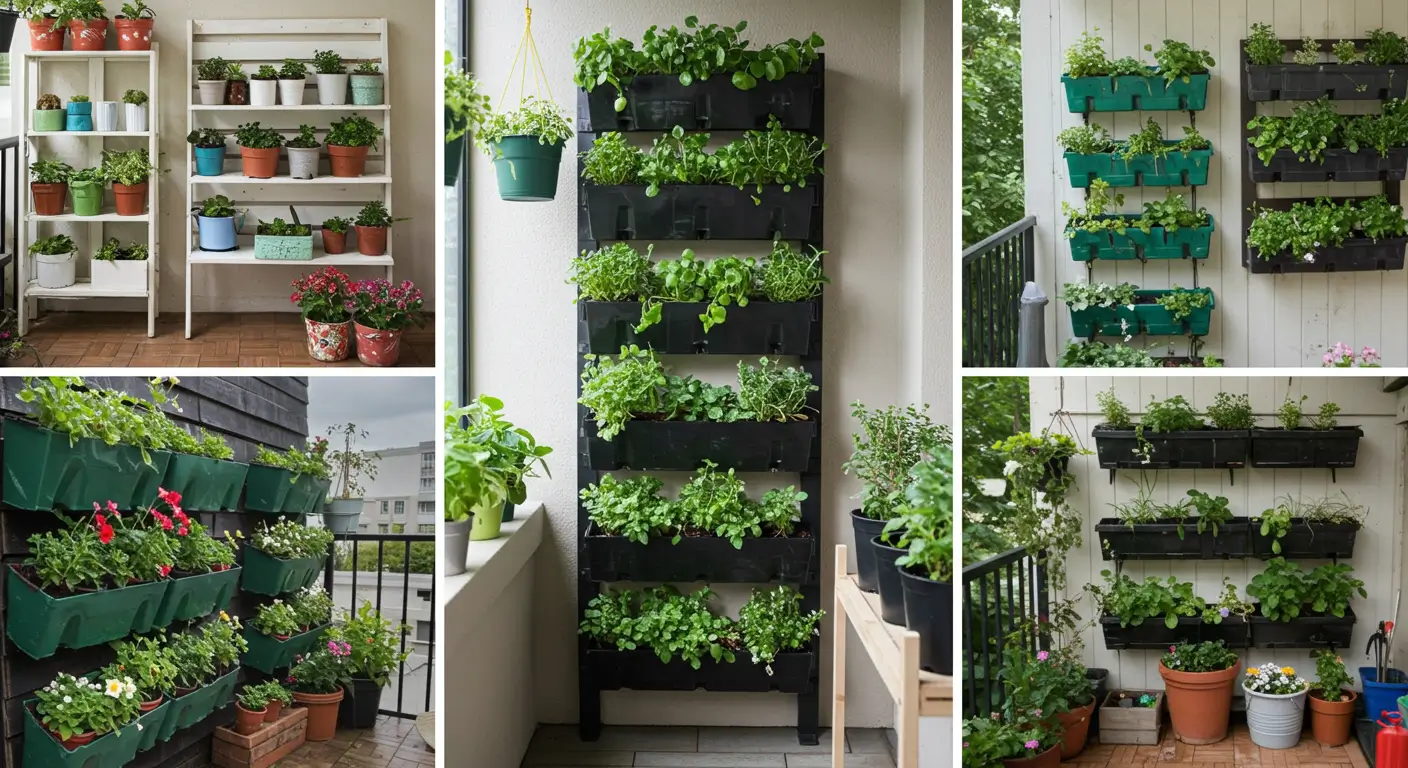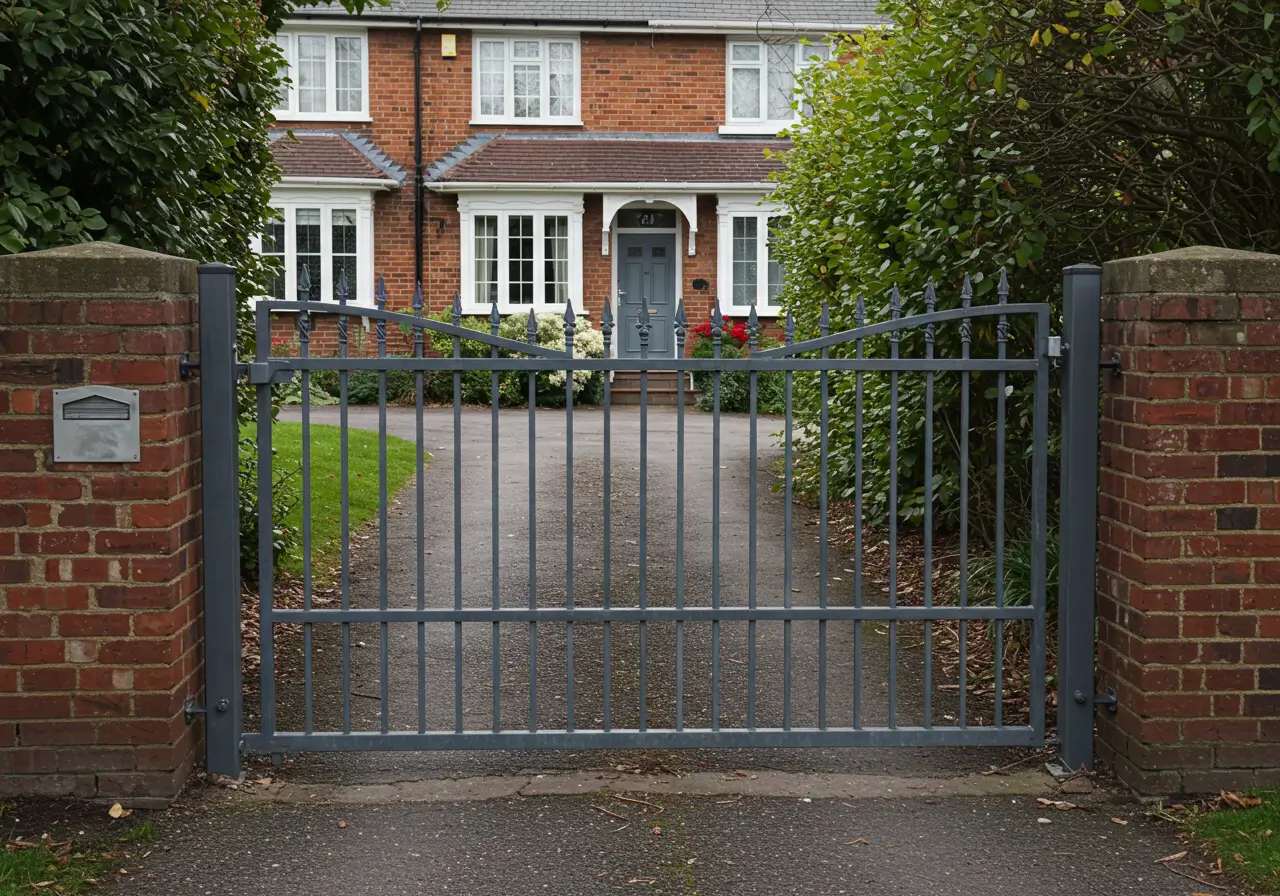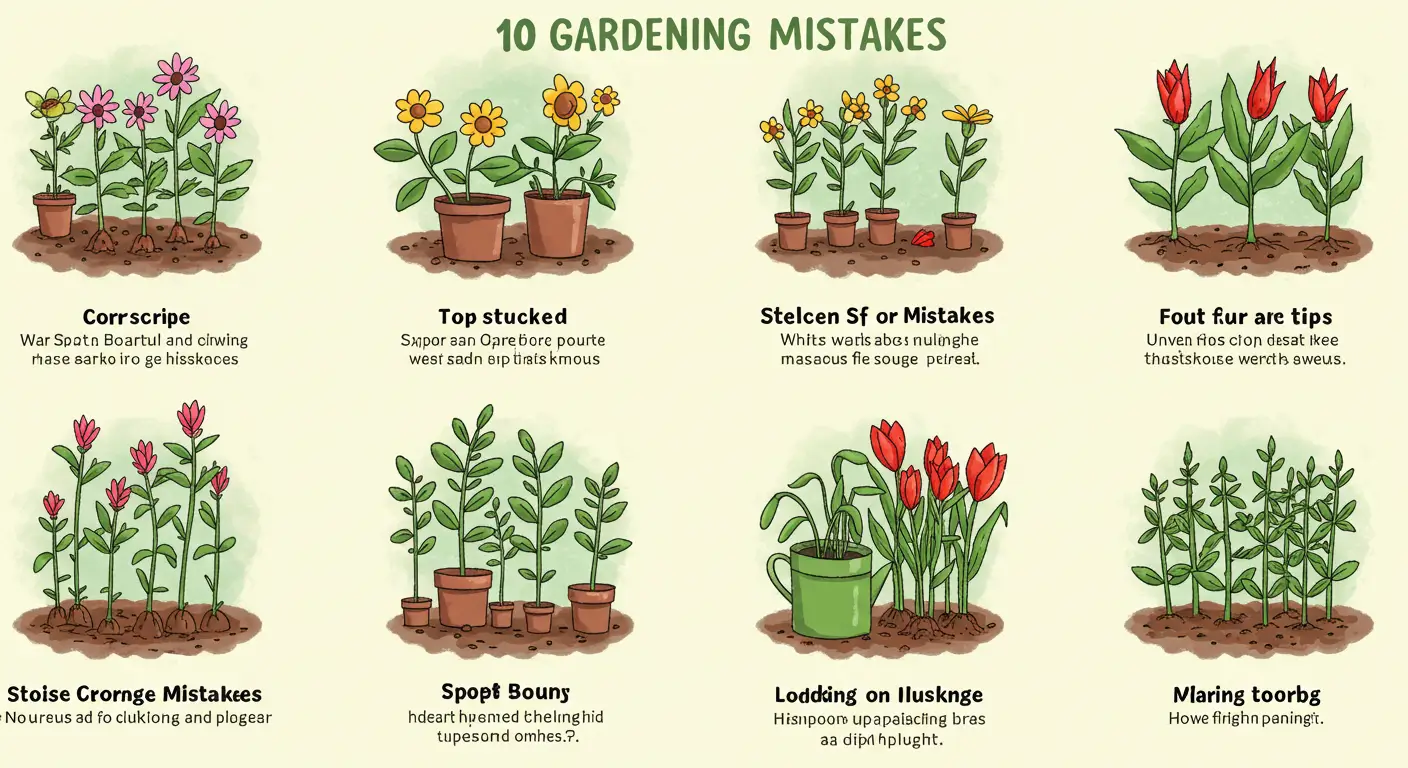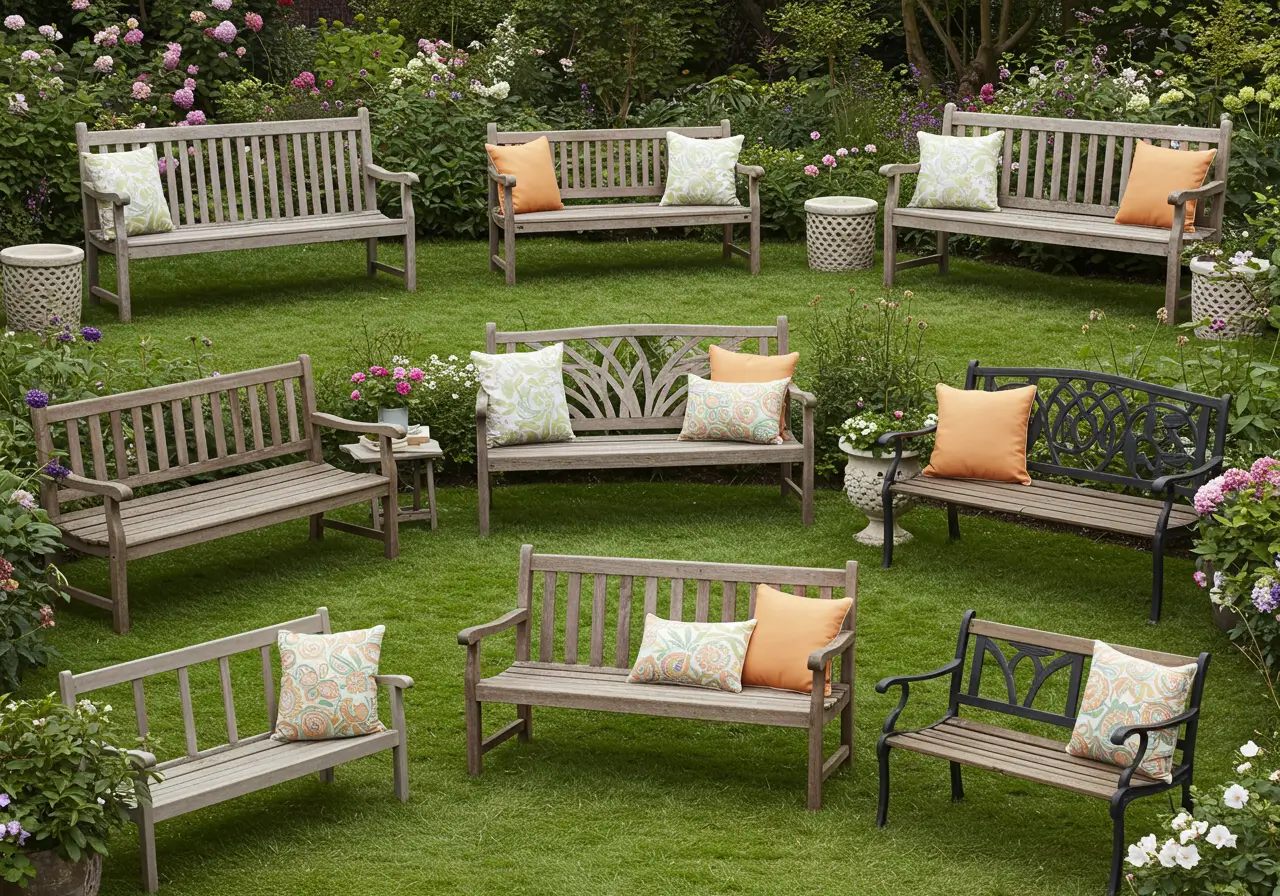People turn to indoor plants for many reasons. They add color to a room, freshen the air, and create a sense of calm. Indoor plants stand out because they connect us to nature in simple ways. You place one on a windowsill, and it changes the feel of your space. Studies show these plants do more than look nice. They help lower stress and lift your mood. In a busy world, that matters. This guide covers the best indoor plants for positive energy. You will find options for beginners and experts. We look at benefits, care, and ways to use them at home. Let’s start with why indoor plants make such a difference.
Why Indoor Plants Boost Your Home’s Energy
Indoor plants offer real benefits. Science backs this up. One study from the Journal of Physiological Anthropology found that working with plants lowers heart rate and blood pressure. People feel less stressed after potting a plant compared to using a computer. Another review of 42 studies showed indoor plants help with relaxed feelings and better thinking. They even improve diastolic blood pressure and academic scores.
Plants sharpen focus too. Students in rooms with real plants paid better attention than those with fake ones or none at all. Brain scans confirmed this. For recovery, plants speed healing. People in hospitals with greenery need less pain medicine and leave sooner. At work, plants raise productivity by 12 percent and cut sick days.
They improve job satisfaction as well. Employees around plants feel happier and more committed. As for air, a NASA study from the 1980s said plants remove toxins like VOCs. Later research questions how much they clean in homes, but species like spider plants and Boston ferns help some. Overall, indoor plants create positive energy through calm, focus, and health.
- Reduce stress and anxiety
- Boost creativity and productivity
- Improve air quality slightly
- Enhance mood and well-being
- Promote faster recovery from illness
Top Indoor Plants for Positive Energy
Choose indoor plants based on your space and needs. We group them by categories. Each brings positive energy in its way. Many tie to Feng Shui, where plants balance flow and attract good vibes.
Low-Maintenance Plants for Beginners
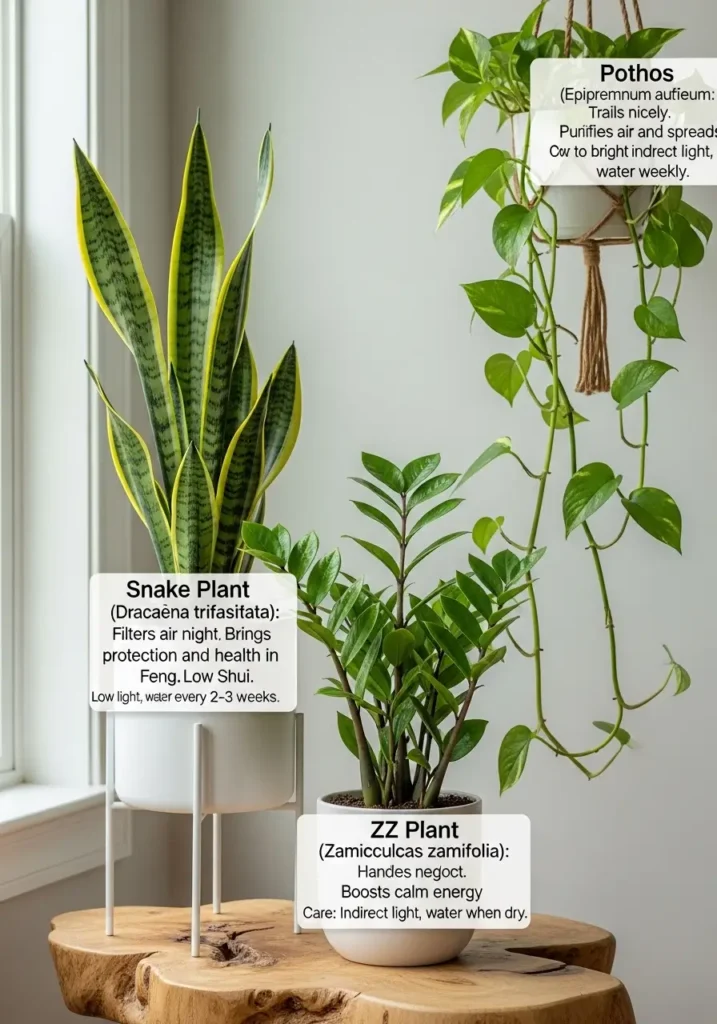
Start simple if you’re new. These plants forgive mistakes and still thrive.
- Snake Plant (Dracaena trifasciata): Filters air at night. Brings protection and health in Feng Shui. Care: Low light, water every 2-3 weeks.
- ZZ Plant (Zamioculcas zamiifolia): Handles neglect. Boosts calm energy. Care: Indirect light, water when dry.
- Pothos (Epipremnum aureum): Trails nicely. Purifies air and spreads harmony. Care: Low to bright indirect light, water weekly.
Air-Purifying Plants for Fresher Spaces
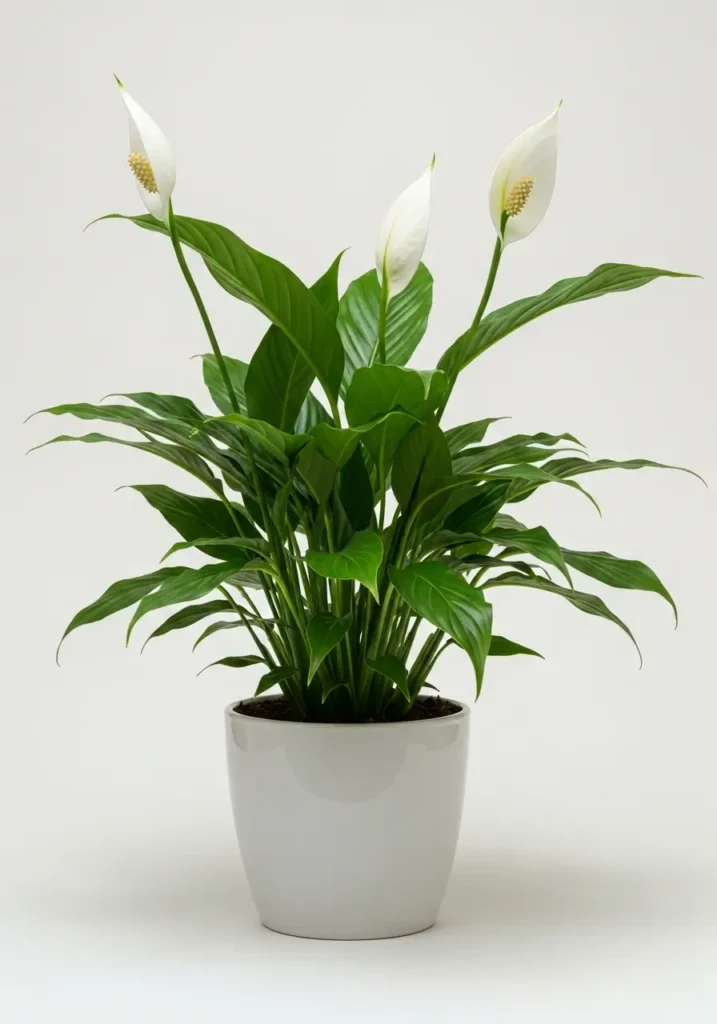
These remove toxins and add oxygen. They create clean, positive air.
- Peace Lily (Spathiphyllum): Absorbs VOCs. Converts negative to positive energy. Care: Indirect light, keep moist. Toxic to pets.
- Spider Plant (Chlorophytum comosum): Easy grower. Lifts mood with cheerful leaves. Care: Bright indirect light, water when dry.
- Boston Fern (Nephrolepis exaltata): Adds humidity. Promotes serenity. Care: Indirect light, keep soil damp.
Wealth and Luck-Attracting Plants
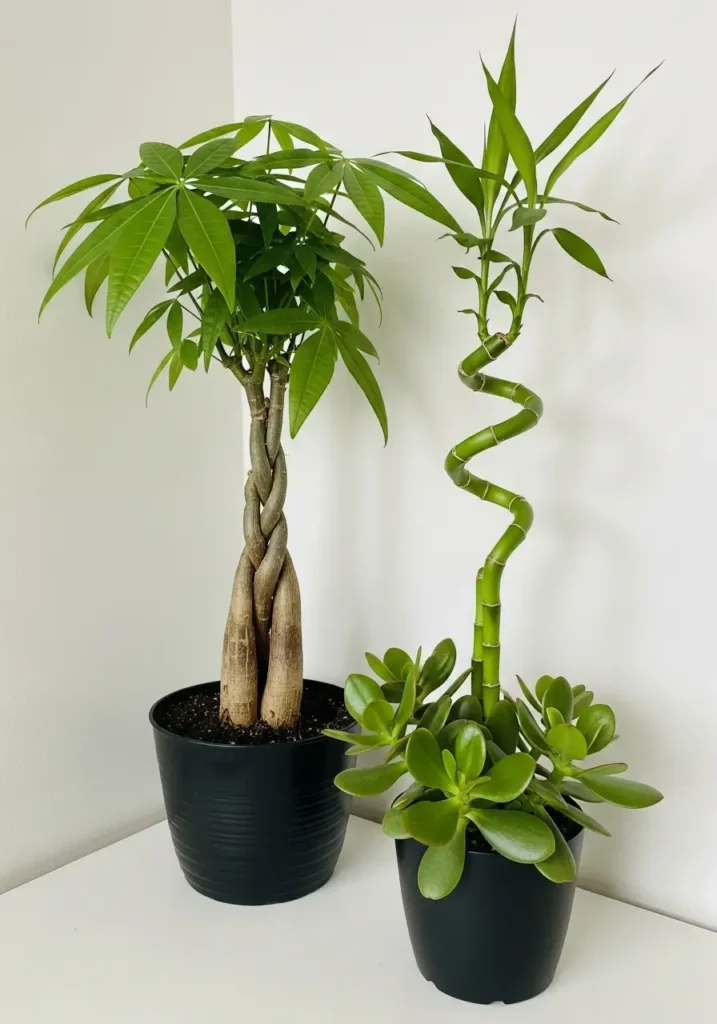
Feng Shui favorites. Place in corners for prosperity.
- Money Tree (Pachira aquatica): Braided trunk for luck. Attracts wealth. Care: Indirect light, water when top soil dry.
- Jade Plant (Crassula ovata): Coin leaves mean fortune. Long-lived for stability. Care: Bright light, water sparingly.
- Lucky Bamboo (Dracaena sanderiana): Flexible stalks. Brings tranquility. Care: Indirect light, change water weekly.
Flowering Plants for Vibrant Energy
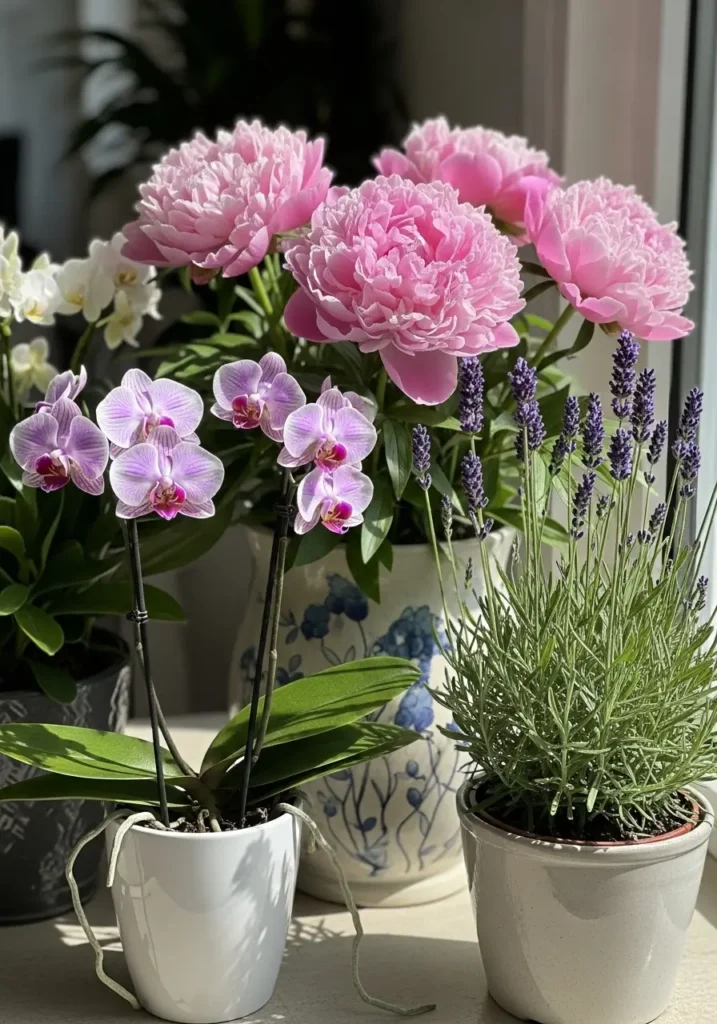
Blooms add color and joy.
- Orchid (Phalaenopsis): Symbolizes abundance. Boosts energy levels. Care: Indirect light, water with ice cubes weekly.
- Lavender (Lavandula): Calms with scent. Aids clear thinking. Care: Full sun, dry soil.
- Peony (Paeonia): Represents compassion. Attracts good fortune. Care: Bright light, moist soil.
Other Positive Vibes Plants
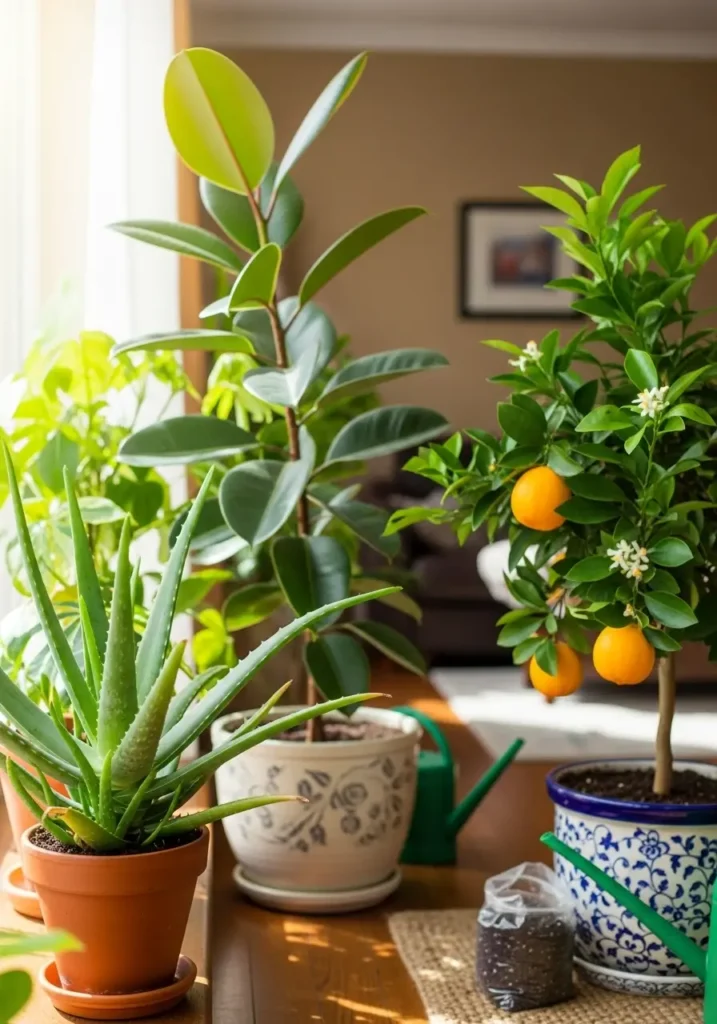
- Aloe Vera: Heals and fights bad luck. Care: Full sun, water deeply but infrequently.
- Rubber Plant (Ficus elastica): Softens sharp edges. Attracts success. Care: Bright light, moist soil.
- Citrus Tree: Symbolizes prosperity. Care: Direct sun, regular water.
| Plant Name | Positive Energy Benefit | Care Level | Light Needs |
|---|---|---|---|
| Snake Plant | Protection and health | Low | Low to bright indirect |
| Peace Lily | Harmony and air cleaning | Medium | Indirect |
| Money Tree | Wealth attraction | Medium | Indirect |
| Jade Plant | Fortune and longevity | Low | Bright indirect |
| Lucky Bamboo | Tranquility | Low | Indirect |
| Orchid | Abundance | Medium | Indirect |
| Pothos | Calming harmony | Low | Low to bright |
| Aloe Vera | Healing positivity | Low | Full sun |
| Rubber Plant | Success | Medium | Bright |
| Lavender | Serenity | Medium | Full sun |
Essential Care Tips for Your Indoor Plants
Proper care keeps indoor plants healthy. Follow these steps.
Watering Basics
Water when the top inch of soil feels dry. Use room-temperature water. Drain excess to avoid rot.
Light Requirements
Most need indirect light. South-facing windows work best. Rotate plants for even growth.
Soil and Pots
Use well-draining soil. Pots with holes prevent water buildup. Repot every 1-2 years.
Fertilizing
Feed during growing season with balanced fertilizer. Dilute to half strength monthly.
Humidity and Temperature
Keep 60-75°F. Mist tropical plants or use pebble trays for humidity.
Pruning and Cleaning
Trim dead leaves. Wipe dust off leaves for better light absorption.
Common Issues with Indoor Plants and Solutions
Plants face problems. Spot them early and fix them.
| Issue | Cause | Solution |
|---|---|---|
| Yellow Leaves | Overwatering or low light | Let soil dry; move to brighter spot |
| Brown Tips | Low humidity or salt buildup | Increase humidity; flush soil |
| Wilting | Under or overwatering | Check soil; adjust watering |
| Leaf Drop | Stress from move or low light | Stabilize environment; add light |
| Pests (e.g., aphids) | Infestation | Use neem oil; isolate plant |
| Leggy Growth | Insufficient light | Move closer to window or use grow light |
| Powdery Mildew | High humidity, poor air flow | Improve circulation; remove affected leaves |
| Burnt Leaves | Too much sun or fertilizer | Shade plant; reduce fertilizer |
| Root Rot | Overwatering | Repot in fresh soil; trim rotten roots |
| Dull Leaves | Dust or nutrient lack | Wipe leaves; fertilize |
Prevent issues with regular checks. Quarantine new plants.
Unique Ways to Use Indoor Plants for Better Home Energy
Go beyond pots. Try these ideas to enhance energy flow.
Feng Shui Arrangements
Place money trees in wealth corners (southeast). Hang pothos in kitchens for harmony. Use rubber plants to soften sharp furniture edges.
DIY Plant Displays
Build wall shelves for vertical gardens. Use macrame hangers for trailing plants. Create terrariums with lucky bamboo for mini ecosystems.
Integrate with Decor
Group plants in odd numbers for balance. Pair with crystals like amethyst for amplified positivity. Add in bedrooms for better sleep, like lavender near beds.
Sensory Boosts
Choose scented plants like jasmine for uplifting smells. Place near workspaces for focus. Use in bathrooms for spa-like calm.
Seasonal Swaps
Rotate plants with seasons. Bring citrus indoors in winter for fresh scent and energy.
For more on Feng Shui, check this Feng Shui plant guide. Learn about air benefits from the NASA clean air study.
Related Post: How to Grow Bell Peppers Indoors: Your Complete Guide to Year-Round Harvests
A Deep Dive into Indoor Plants and Positive Energy
Indoor plants have long held a place in homes across the United States. From apartments in New York to houses in California, people use them to brighten spaces. But their role goes deeper. Research shows they influence our daily lives in subtle ways. Let’s explore the full picture, including history, science, categories, care, problems, and fresh ideas. This section builds on the key points above with more details for those who want to know everything.
The History and Cultural Role of Indoor Plants
Indoor plants trace back to ancient times. Egyptians grew them in homes for beauty. In China, Feng Shui used plants to balance energy, or chi. Today, in the US, trends like biophilic design connect us to nature indoors. This helps in urban areas where green space is scarce. Cultural beliefs, like lucky bamboo for prosperity, add layers of meaning.
Scientific Evidence in Detail
A systematic review of 42 studies found indoor plants relax the body and sharpen the mind. Meta-analyses showed drops in blood pressure and better test scores. One experiment had people pot plants versus work on computers. The plant group had lower stress markers. Another study with students used EEG to measure brain waves. Real plants improved attention. For air, NASA’s 1989 work listed plants like peace lilies for toxin removal. But a 2019 review said you’d need hundreds for big changes in homes. Still, they add humidity and filter some pollutants. Horticultural therapy treats conditions like anxiety. Clinics now prescribe plants for mental health.
Expanded List of Plants by Category
We covered top picks earlier. Here, we add more depth. For low-maintenance: Snake plants release oxygen at night, ideal for bedrooms. ZZ plants store water in roots, surviving weeks without care. Pothos grows fast, forgiving over or under watering.
Air-purifiers: Peace lilies handle shade and bloom white flowers. Spider plants produce babies for propagation. Boston ferns need misting but humidify dry air.
Wealth plants: Money trees braid for symbolism. Jade plants can live 50 years. Lucky bamboo grows in water, with stalk numbers meaning different luck (three for happiness).
Flowering: Orchids rebloom with care. Lavender dries for sachets. Peonies need chill periods but reward with big blooms.
Others: Aloe heals burns. Rubber plants grow tall for statements. Citrus needs pollinating indoors but scents rooms.
| Plant | Origin | Key Benefit | Feng Shui Role |
|---|---|---|---|
| Snake Plant | West Africa | Night oxygen | Protection |
| Peace Lily | South America | Toxin filter | Energy conversion |
| Money Tree | Central America | Prosperity | Wealth corner |
| Jade Plant | South Africa | Longevity | Success |
| Lucky Bamboo | Asia | Tranquility | Mobility |
| Orchid | Tropics | Fertility | Abundance |
| Pothos | Solomon Islands | Air purify | Harmony |
| Aloe Vera | Arabian Peninsula | Healing | Bad luck filter |
| Rubber Plant | India | Balance | Fortune |
| Lavender | Mediterranean | Calm | Serenity |
In-Depth Care Guidance
Watering varies. Succulents like jade need dry periods. Tropicals like peace lilies prefer moist soil. Light: Measure with apps or meters. Soil: Mix for drainage, add perlite. Fertilize spring to fall. Humidity: Group plants or use humidifiers in dry US climates like the Southwest. Temperature: Avoid drafts. Prune to shape and health. Clean leaves monthly.
Addressing Gaps: Missing Items and Solutions
Common misses: Forgetting toxicity. Snake plants harm pets. Solution: Choose pet-safe like spider plants. Issue: Overbuying. Start small. Solution: Assess space first. Pests spread fast. Solution: Inspect weekly. Light shortages in winter. Solution: Grow lights. Allergies to pollen. Solution: Pick non-flowering. For US audiences, consider hard water. Solution: Let tap water sit or use filtered.
Advanced Ideas to Engage Readers
Try plant journaling: Track growth for mindfulness. Pair with tech: Apps remind watering. Create zones: Energy corner with jade and crystals. DIY fertilizer from banana peels. Share cuttings with friends for community. Use in cooking: Grow holy basil for tea. For kids: Teach responsibility with easy plants. In offices: Desk plants like pilea for focus. Seasonal: Add mums in fall. These ideas make plants part of life, not just decor.
Potential Drawbacks and Balanced View
Not all plants suit everyone. Some need effort. Air benefits are minor without many plants. Feng Shui is cultural, not proven. But evidence leans positive. Weigh pros like mood lifts against cons like maintenance.
Indoor plants offer a straightforward way to invite positive energy into your home. They connect you to nature, ease daily stresses, and add beauty. Start with one or two that fit your space. Over time, you will notice the difference. Care for them, and they care for you.
Frequently Asked Questions
Which indoor plant is best for beginners seeking positive energy?
Try the snake plant. It needs little care and brings protective vibes.
How do indoor plants affect mental health?
They reduce stress and boost focus, as shown in studies on interaction with greenery.
Can indoor plants really clean the air?
They help some, but you need many for big impact. Choose air-purifiers like peace lilies.
Where should I place plants for Feng Shui benefits?
Put wealth plants like jade in the southeast corner of rooms.
What if my plant gets pests?
Isolate it and treat with neem oil. Prevent with good air flow and checks.

